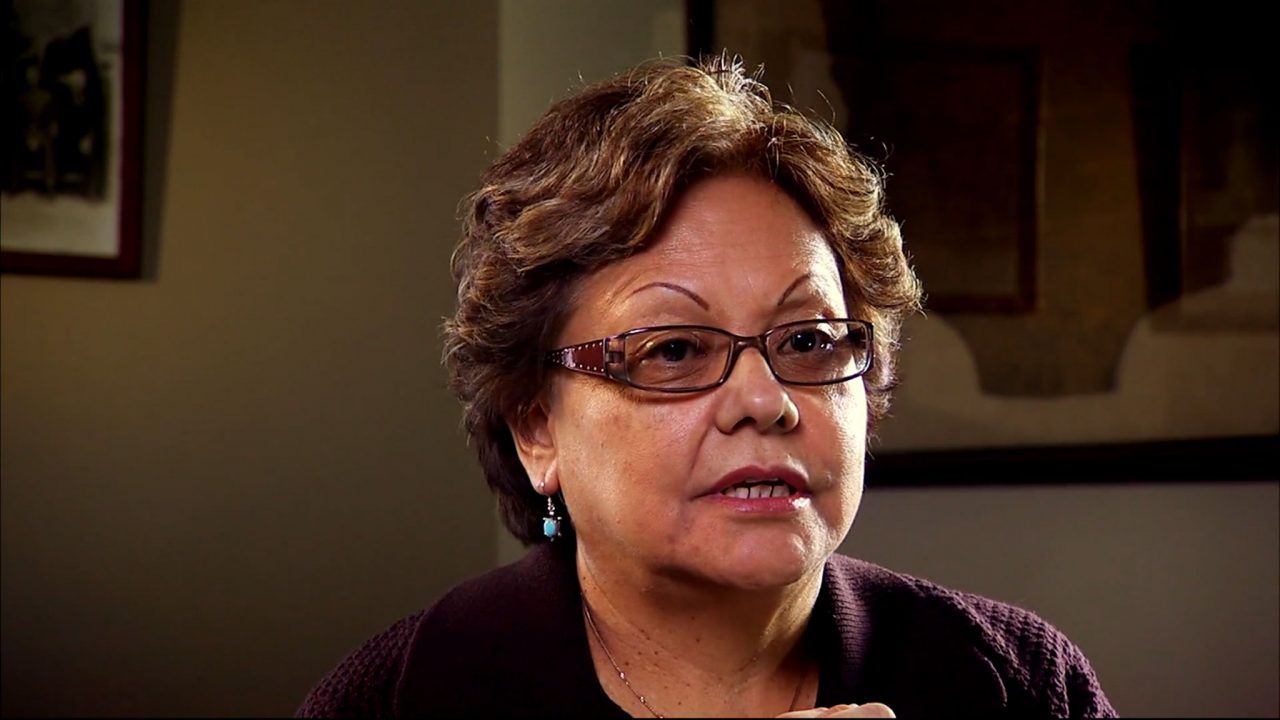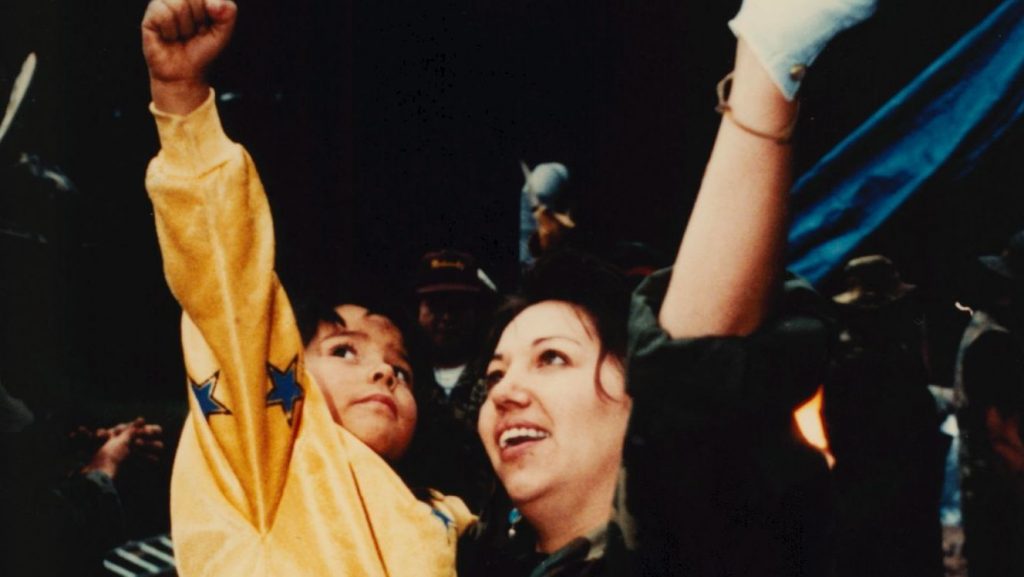
Six Miles Deep | The Important Role of Women in First Nations Communities
Six Miles Deep | The Important Role of Women in First Nations Communities
This blog post is part of a series of posts examining NFB productions that may be useful in helping viewers to rethink Canada’s relationship to First Nations peoples, who struggle to defend the rights they’ve won through the courts and/or treaties. These four NFB titles offer educators and students the opportunity to learn more about the impact of colonization on four First Nations communities, and to see their stories told by the Indigenous directors who filmed them. Each film focuses on an issue that is of prime concern to the First Nations.
Sara Roque’s 2009 documentary, Six Miles Deep, reveals the important role women play in First Nations communities.
Six Miles Deep, Sara Roque, provided by the National Film Board of Canada
The following questions could be discussed before viewing the film:
- What do we know about the role of women in this community?
- What has been the response of the Canadian state to the Land claims and survival needs of First Nations?
“This country needs a true history lesson.”
This documentary was filmed in the largest reserve in Canada, the Six Nations of the Grand River Reserve in Ontario. It chronicles the struggle to block the Douglas Creek Estates development project in 2006, a struggle that was led by the Haudenosaunee clan mothers, who are traditionally the keepers and “owners” of the Land in Six Nations matriarchal societies.
We learn about the response of the non-Indigenous community and local and federal governments, who initially ignored the claims of the Haudenosaunee, then resorted to violence to suppress opposition to the destruction of the pines and further encroachment on Haudenosaunee Lands.
Through the Haudenosaunee’s resistance, we also learn many important lessons about the history of Canada’s treaties with Indigenous peoples, as well as the part played by successive governments and the divisive Indian Act. In addition, we gain valuable insights into the democratic worldview of the Six Nations.
In this struggle, the women of this First Nations community took a leading role in opposing the development plans of the non-Indigenous local people, who had been encroaching on their Lands for years. In so doing, these women “woke everyone up on [their] reserve.”
Haudenosaunee clan mothers explain that they were defending their way of life, their democratic and matrilineal traditions, while protecting the land from being “covered in cement and townhouses.” These brave women helped their reserve members rally together for the renewal of their cultural and treaty rights, awakening their community and preventing it from feeling defeated by the prospect of the Canadian government employing armed forces against them, foreshadowing the “Idle No More” movement.
The film also exposes the violation of the lease-hold arrangement by the Canadian government, which allowed settlers to gradually invade and encroach on land that rightfully belonged to the reserve, including land lying “six miles deep” from the Grand River. The rent owed to the Haudenosaunee from the leased lands would now amount to billions of dollars.
Go Deeper:
- What is the role of the Indian Act in the history of Canada–First Nations relations?
- What role did women play in this resistance movement and in other movements in other communities?
The theme of the important role of women in First Nations communities is also very much at the heart of the three other films examined in this series of posts:
Pour lire cet article en français, cliquez ici.
Carol Arnold is of Métis-Cree ancestry on her mother’s side and was raised in the Métis community of Lac Ste. Anne, also known as Manito-Sakahigan. She has been a teacher for over 30 years in both Alberta and British Columbia, specializing in social studies, BC First Peoples and English. Although she teaches full time, she is involved in Aboriginal education workshop development and delivery for teachers in BC through her in the BC Teachers’ Federation. She loves using NFB films to teach her courses and finds that the NFB’s catalogue of Indigenous films contains excellent historical footage, in addition to documenting current events in Canada and the world.
Discover more Educational blog posts | Watch educational films on NFB Education | Subscribe to the NFB Education Newsletter | Follow NFB Education on Facebook | Follow NFB Education on Twitter | Follow NFB Education on Pinterest


